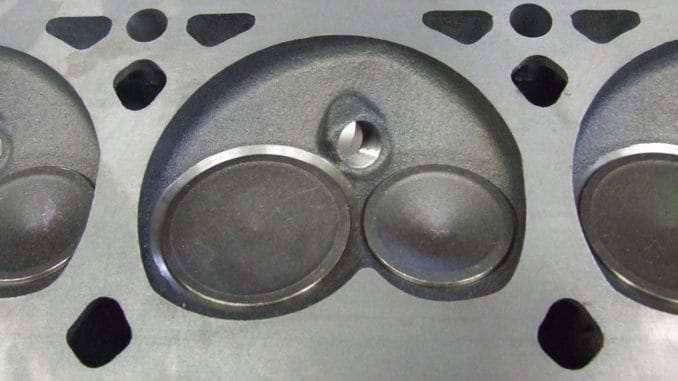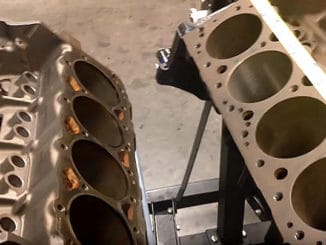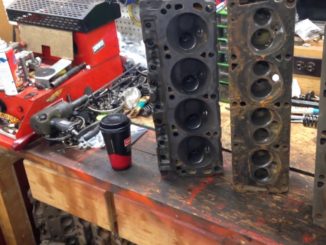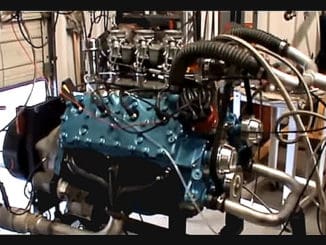
When building any engine, one of the most important factors to consider is compression ratio. The parts you choose for your build are designed to achieve a specific compression ratio but that is totally dependent on what you’re doing.
Compression ratio is the maximum volume of the cylinder divided by the minimum volume of the cylinder. Another way to put it is the volume of the cylinder at BDC divided by the volume of the cylinder at TDC.
What makes compression ratio so important? It directly affects the power level and operating range of a given engine application. Generally speaking, the higher the compression ratio of the engine the higher the potential power output. Higher octane fuels are required for most high compression engines to achieve optimum power output.
Strictly speaking, static compression ratio measures volume only, not pressure. There are high compression low cylinder pressure engines that are designed primarily for fuel efficiency and not just outright power. There are five variables that affect compression ratio and changing any one of these factors will raise or lower it.
First is the swept volume of the cylinder. If you change the bore or stroke of a cylinder, you’ll change the volume of that cylinder and therefore its compression ratio.
Second is combustion chamber size. Increasing it will lower the pressure ratio and decreasing it will raise the compression ratio assuming that no other changes have been made.
Third is head gasket volume which means the gasket’s bore size and its thickness. You might not realize it but the variations in head gasket volume can increase or decrease compression ratio by over half of a point.
Fourth is the volume of a cylinder at TDC with no other components. In most engines, the piston stops just shy of being level with the deck of the engine block. This small volume of additional space lowers the static compression of the engine slightly.
And finally, fifth is piston volume. A dome-shaped piston takes away volume which increases static compression. A dish-shaped piston adds volume, therefore, decreasing compression.
How To Calculate Compression Ratio
To determine compression ratio there are 5 volume measurements. To stay organized it’s helpful to list them on a sheet. Start with the cylinder volume at B.D.C. The bore is 125 and the stroke is 4″ so you can just plug those numbers into the equation for the volume of the cylinder:
.7854 x Bore² x stroke x 16.39 = 876.15 cl
This equation converts the results from cubic inches to cubic centiliters. We do this because the equipment is designed to measure in metric volumes.
The second measurement is combustion chamber volume. Most manufacturers will list this on their spec sheet but if there’s any doubt you can measure it yourself.
The third measurement is head gasket volume. The manufacturer will provide the bore and compressed thickness of the gasket and will use those numbers much like we did for measuring the cylinder volume:
.7854 x Gasket Bore² x Gasket x 16.39 = 9.08 cc
The fourth measurement is cylinder volume at T.D.C. and assumes measurement of a perfectly flat piston with no dome or dish:
.7854 x Gasket Bore² x Piston Depth x 16.39 = 1.10 cc
The final measurement is piston top volume. If it had a dome, it would take away volume and if it had valve reliefs it would add value. Since our application is completely flat, there’s no need for this measurement. If you do need to make this measurement, it’s the same way you would measure a combustion chamber.
With all 5 values known, add them together. This is the total volume at B.D.C (numerator). Then take the same number and subtract volume 1 from it. The result is the value at T.D.C (denominator). Divide those numbers and you have the compression ratio for your application.




